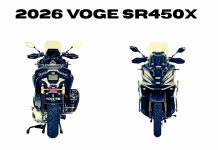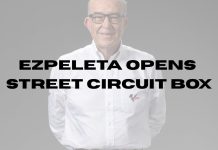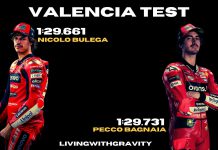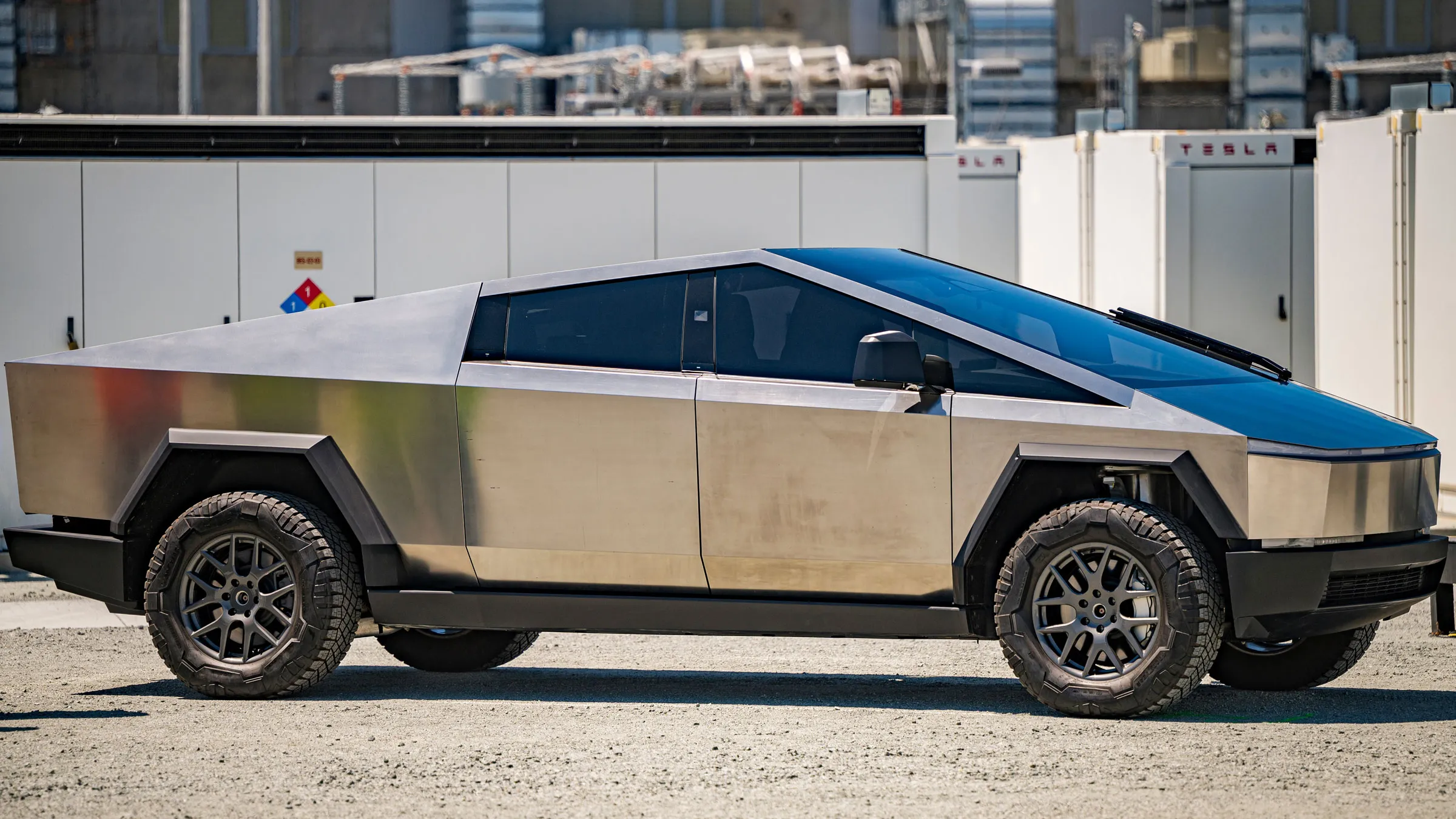The Tesla Cybertruck features an exoskeleton concept where exterior panels serve as key structural elements, enhancing crash resistance and overall strength.
Elon Musk introduced this groundbreaking approach, integrating outer body panels directly into the vehicle’s structural framework, in contrast to conventional designs that separate the body and frame.
Patent
Tesla’s May 2021 patent application provides detailed insight into this exoskeleton concept. It outlines the utilization of monolithic metal sheets for exterior panels, directly attached to the vehicle frame. These panels not only form the outer surface but also bear a load of various components, significantly bolstering the Cybertruck’s durability and safety.
Potential modifications
Despite recent Wall Street Journal reports hinting at potential modifications or abandonment of the exoskeleton idea to meet safety standards, the fundamental principle of employing exterior panels for structural support remains an essential aspect of Cybertruck’s design.
Throughout the vehicle’s development, adjustments may have been implemented to ensure compliance with safety regulations and to optimize the design, all while preserving the core strength and safety benefits that the exoskeleton concept offers.
Some additional details about the Cybertruck exoskeleton:
- The exoskeleton is made from a single sheet of 30X cold-rolled stainless steel.
- It is 3 mm thick.
- Designed to absorb and distribute impact energy in a crash.
- Designed to protect passengers from flying debris in a crash.

The incorporation of an exoskeleton in the Tesla Cybertruck yields several notable benefits, setting it apart in terms of structural innovation, safety, and performance.
- Enhanced Structural Integrity: The exoskeleton concept integrates exterior panels directly into the vehicle’s framework, creating a unified and robust structure that improves overall rigidity and crash resistance.
- Optimized Weight Distribution: By distributing the load across the exoskeleton, the Cybertruck achieves a more balanced weight distribution, enhancing stability and handling, especially in challenging driving conditions.
- Streamlined Manufacturing: The use of monolithic metal sheets for the exterior panels simplifies the manufacturing process, potentially leading to increased efficiency and reduced production complexity.
- Increased Passenger Protection: The exoskeleton design contributes to enhanced passenger safety by providing an additional layer of protection through the structural integrity of the exterior panels.
- Innovative Aesthetics: The visible exoskeleton elements on the exterior create a distinctive and futuristic visual appeal, showcasing Cybertruck’s unique design identity.
- Sustainable Material Usage: The exoskeleton approach maximizes the utility of materials, potentially reducing waste and supporting Tesla’s commitment to sustainability.
- Improved Towing and Payload Capacities: The integrated structural support from the exoskeleton can contribute to higher towing and payload capacities, allowing the Cybertruck to excel in heavy-duty tasks.
- Simplified Repairs: In the event of minor collisions, the exoskeleton design may facilitate simpler and more cost-effective repairs, as damage to exterior panels could be easier to address.
Conclusion
The exoskeleton concept in the Tesla Cybertruck delivers a range of advantages, from bolstered structural integrity and enhanced safety to streamlined manufacturing and a striking visual aesthetic. This innovative approach aligns with Tesla’s commitment to pushing the boundaries of design and engineering in the automotive industry.
The Tesla Cybertruck distinguishes itself through its exoskeleton concept, utilizing exterior panels as vital contributors to the vehicle’s structural foundation, resulting in enhanced crash resilience and overall sturdiness.




































